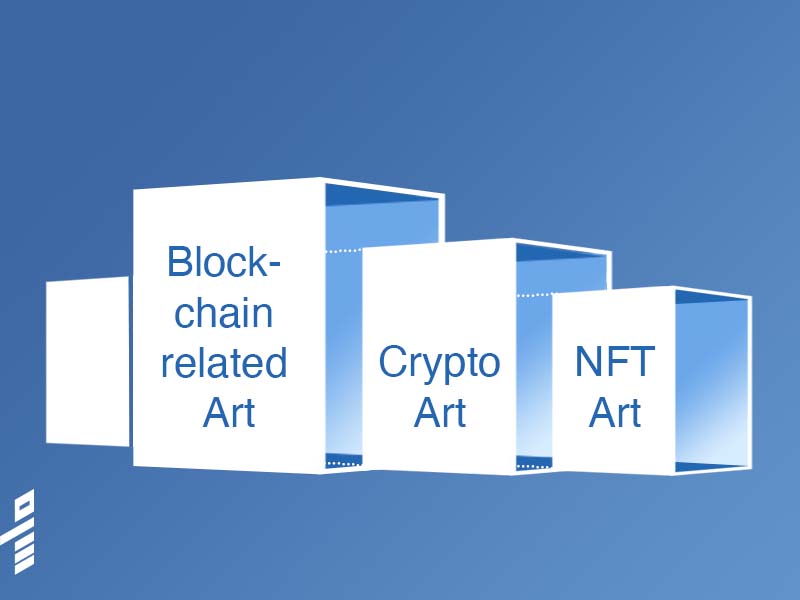
When I co-authored a position paper on crypto art in 2019, I defined crypto art as a digital art forum, an alternative marketplace and a multi-disciplinary collective. This early academic take was published in the ArXiv repository that same year and later in an abbreviated form in the peer-reviewed Leonardo journal in 2021.
Since then, I have continued working on refining the following definition model, tweaking and streamlining it to accommodate new developments.
Table of Contents
TL;DR
Blockchain-related art is physical or digital art that uses blockchain as a subject matter or theme, for provenance purposes, as a technological base, or as a payment method. While all crypto art and NFTs are blockchain-related, physical art with this proposed definition model does not fall into either of those two categories.
Crypto art is digital art that is conceptually fused to the blockchain. This could be in the form of fungible tokens, non-fungible tokens (NFTs), or artworks utilizing smart contracts or any other form of blockchain technology. Given this broad definition which accommodates significant early digital artworks that came before NFTs, I recommend using the term “crypto art” over “NFT art.”
NFTs are a natively digital medium for digital assets, and a subset of crypto art. However, NFTs can be metaverse properties, wearables, collectibles, rights, in-game assets, and so many more things. Hence, NFTs don’t always equal art, unless they also store it. Consequently, NFTs are a medium, and so calling digital artists NFT artists is comparable to calling them DVD or USB-stick artists.
Introduction
Recently, I have seen crypto art and NFTs, particularly NFT art, frequently being used synonymously in this context. As an artist who shifted his artistic practice into the digital realm in spring 2018 due to crypto art, it bothered me. The rise in the use of the term “NFT art” represented a disappearing value of what crypto art brought to the table but failed to establish due to NFTs’ sudden growth in 2021.
In my research and documentation of the history of crypto art, I recognized the depth of existing crypto artworks. This motivated me to complete the following definition model, which I started after releasing a position paper I co-authored titled Crypto Art – A Decentralized View in 2019. The wide range of crypto art suggests a usefulness in expanding existing definitions and reducing “NFT art” to a subset of the broader scope of crypto art.
To make this model accessible to newcomers to the subject and facilitate differentiation, I will explain the different sections of my proposed model with visual examples; bear with me.